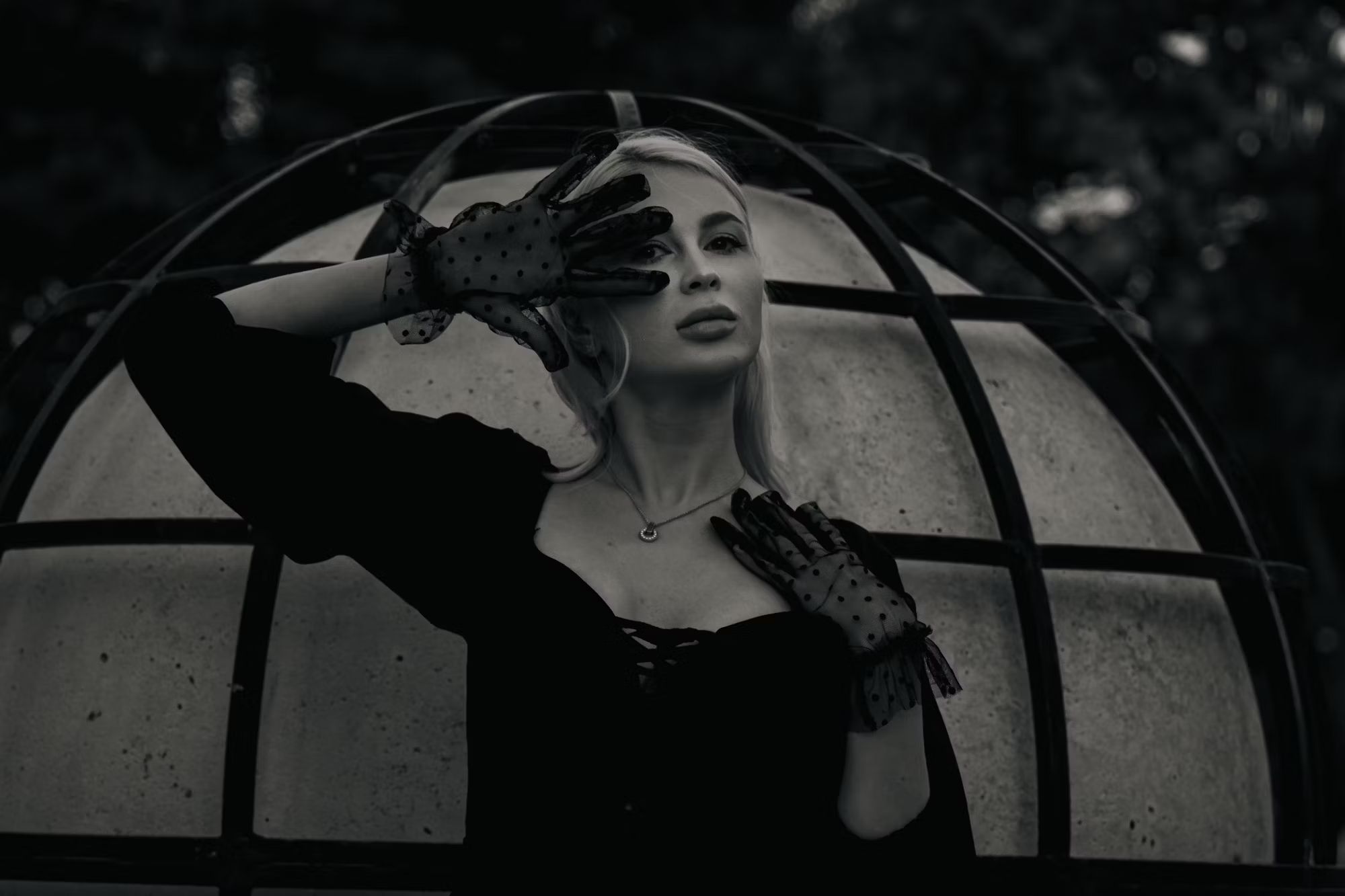Specialty museums are a captivating segment of the museum landscape, dedicated to specific subjects that ignite the passions of enthusiasts and curious visitors alike. From aviation to fashion, these institutions celebrate niche interests, providing unique insights and experiences that differ significantly from traditional art or history museums. Each specialty museum offers a deep dive into its chosen subject, showcasing artifacts, memorabilia, and interactive exhibits that engage and educate.
One of the most intriguing types of specialty museums is the aviation museum. Institutions like the Smithsonian National Air and Space Museum in Washington, D.C., and the Imperial War Museum Duxford in the UK attract aviation aficionados with their extensive collections of historic aircraft. These museums not only display airplanes and spacecraft but also provide context about the technological advancements and historical significance of aviation. Visitors can explore the evolution of flight, from the Wright brothers’ first powered aircraft to the latest in space exploration, all while learning about the people and events that shaped the skies.
Another beloved category is the automotive museum, where car enthusiasts can marvel at classic vehicles and learn about the evolution of automotive design. Museums like the Petersen Automotive Museum in Los Angeles and the Mercedes-Benz Museum in Stuttgart showcase stunning collections of cars that span decades. These institutions often feature themed exhibits, highlighting particular manufacturers, innovations in automotive technology, or even the cultural impact of cars on society. Such immersive experiences allow visitors to appreciate not only the engineering behind these machines but also their role in shaping modern culture and lifestyles.
Fashion museums, such as the Museum at the Fashion Institute of Technology in New York City, explore the world of clothing and design, showcasing iconic garments, textiles, and accessories. These institutions delve into the artistic and cultural significance of fashion, tracing its evolution through history. Exhibits often include pieces worn by famous figures, highlighting the intersection of fashion with art, politics, and identity. By engaging with the world of fashion, visitors gain insights into how clothing reflects societal changes and personal expression.
In addition to these prominent examples, specialty museums also cover a wide array of other interests, from maritime history to music. The National Museum of American History features an impressive collection of musical artifacts, celebrating the rich musical heritage of the United States. Visitors can explore exhibits dedicated to influential musicians, iconic instruments, and the evolution of various music genres. By highlighting the impact of music on culture and society, these museums foster a deeper appreciation for the art form and its role in shaping identity and community.
Children’s museums also represent a unique type of specialty museum, designed specifically to cater to the curiosity and creativity of young minds. These interactive spaces allow children to engage in hands-on learning experiences that promote exploration and discovery. Institutions like the Boston Children’s Museum focus on a wide range of subjects, including science, art, and culture, encouraging children to learn through play. By creating environments where children can experiment and interact with exhibits, these museums nurture a love for learning that can last a lifetime.
Living history museums offer another fascinating specialty experience, immersing visitors in historical settings where they can interact with reenactors and experience life as it was in a specific time period. Places like Colonial Williamsburg in Virginia allow guests to wander through reconstructed streets and engage with actors portraying historical figures. This immersive approach brings history to life, providing a unique opportunity for visitors to learn about daily life, crafts, and customs from the past. By fostering engagement and dialogue, living history museums encourage visitors to connect with history on a personal level.
The beauty of specialty museums lies in their ability to cater to specific interests, creating a sense of community among like-minded individuals. Many of these institutions host events, workshops, and lectures, allowing enthusiasts to deepen their knowledge and share their passion with others. For instance, automotive museums often hold car shows and restoration workshops, while fashion museums might organize panel discussions with designers and industry experts. These opportunities for engagement foster connections between visitors and encourage the exchange of ideas, enhancing the overall experience.
Moreover, specialty museums often prioritize education and outreach, working to engage audiences of all ages. Many institutions offer guided tours, educational programs, and hands-on activities designed to inspire learning and curiosity. By creating accessible educational resources, specialty museums can cater to schools and community groups, ensuring that their unique collections and insights reach a wider audience.
In today’s digital age, many specialty museums are also embracing technology to enhance visitor experiences. Virtual exhibits, interactive websites, and social media engagement allow these institutions to connect with audiences beyond their physical locations. This digital outreach not only broadens their audience but also helps to preserve their collections for future generations. By utilizing technology, specialty museums can share their passion with a global audience, fostering appreciation for niche interests worldwide.
As we look to the future, the importance of specialty museums in preserving and celebrating unique aspects of culture cannot be overstated. These institutions play a vital role in enriching our understanding of the world and the diverse interests that shape our experiences. Whether through showcasing the artistry of fashion, the innovation of automotive engineering, or the thrill of aviation, specialty museums invite us to explore the depth and breadth of human creativity and achievement. By embracing the passions of enthusiasts and providing engaging experiences, these museums contribute to a vibrant cultural landscape that encourages exploration and fosters a lifelong love of learning.
In conclusion, specialty museums offer a remarkable opportunity to delve into niche interests, celebrating the unique aspects of human creativity and culture. Through their focused collections and interactive experiences, they foster a sense of community among enthusiasts and provide valuable educational resources for visitors of all ages. As these institutions continue to evolve and adapt to the needs of their audiences, they will undoubtedly play a crucial role in enriching our understanding of the diverse passions that shape our world.



